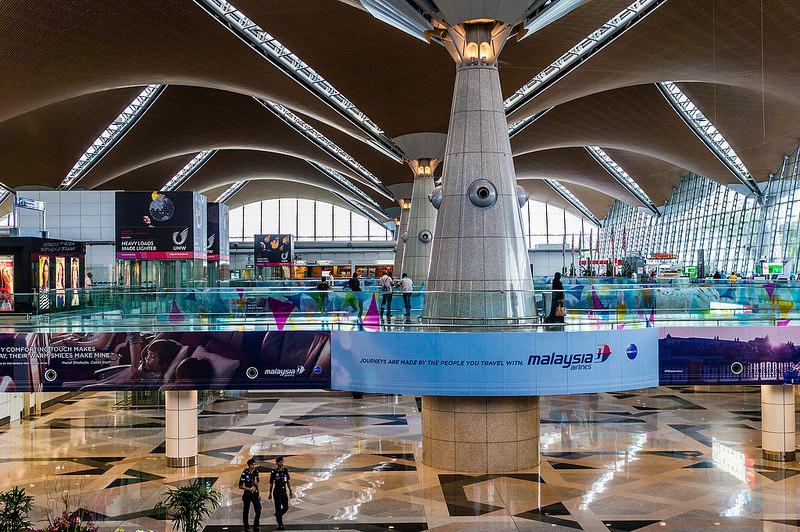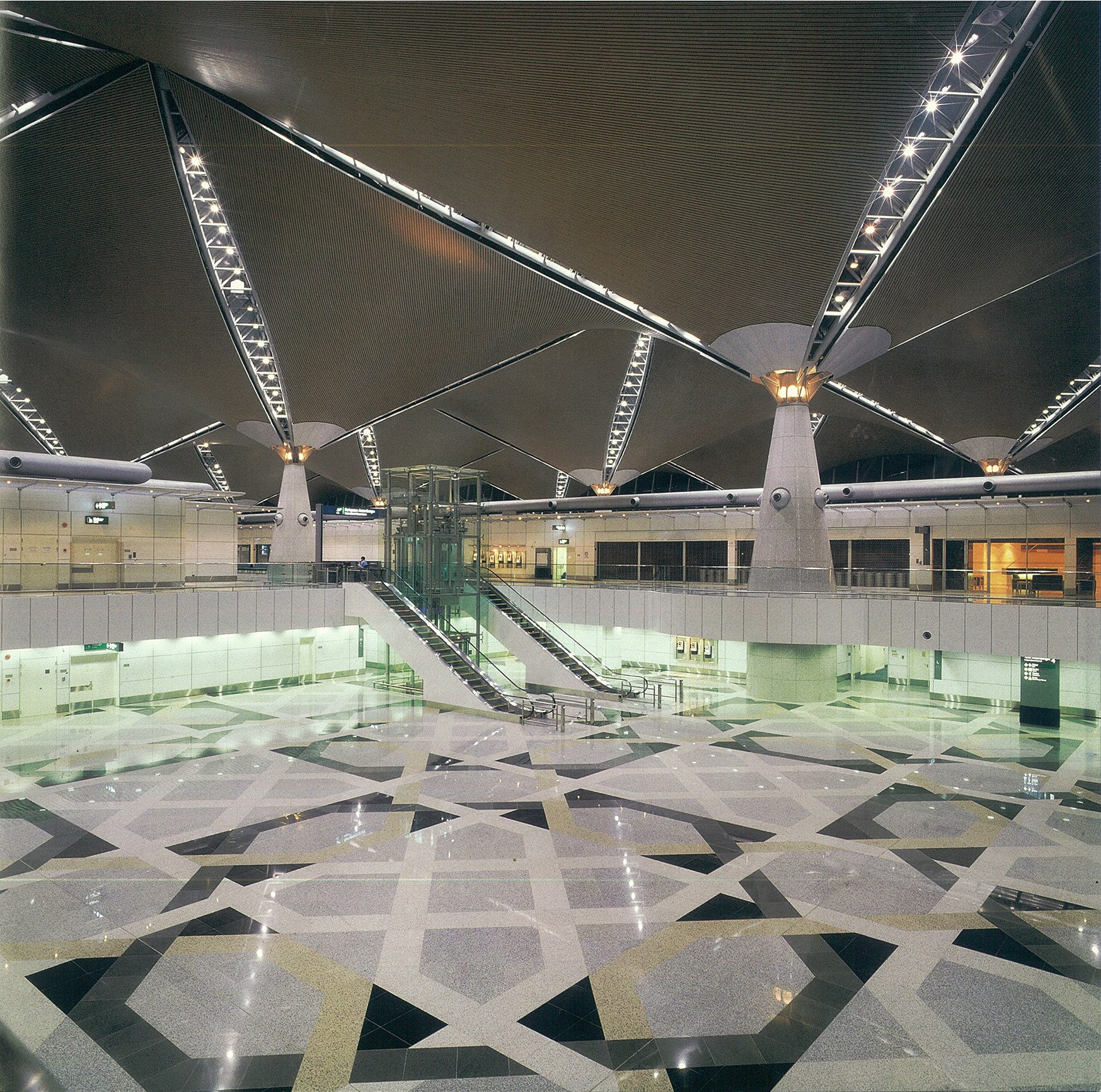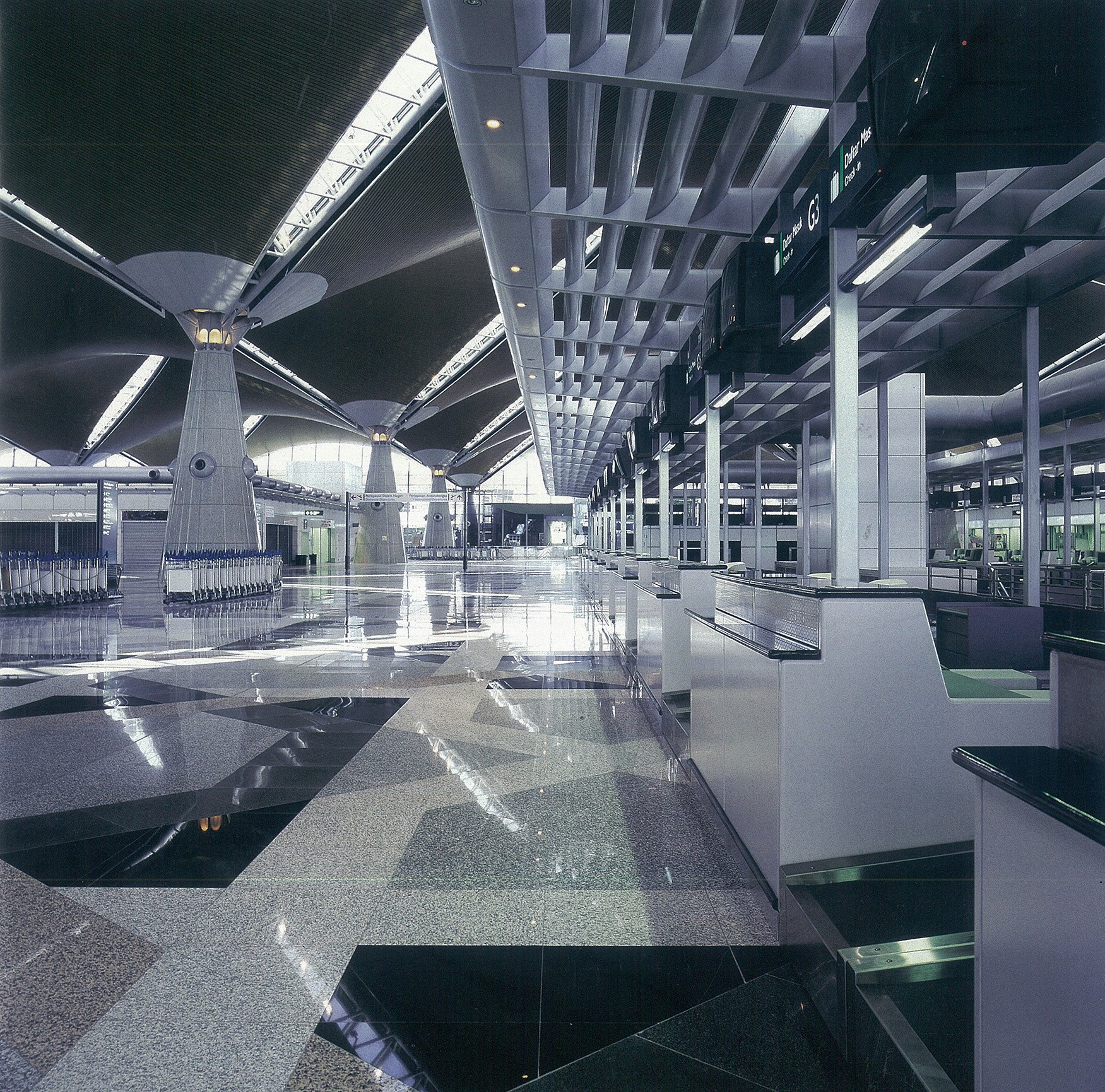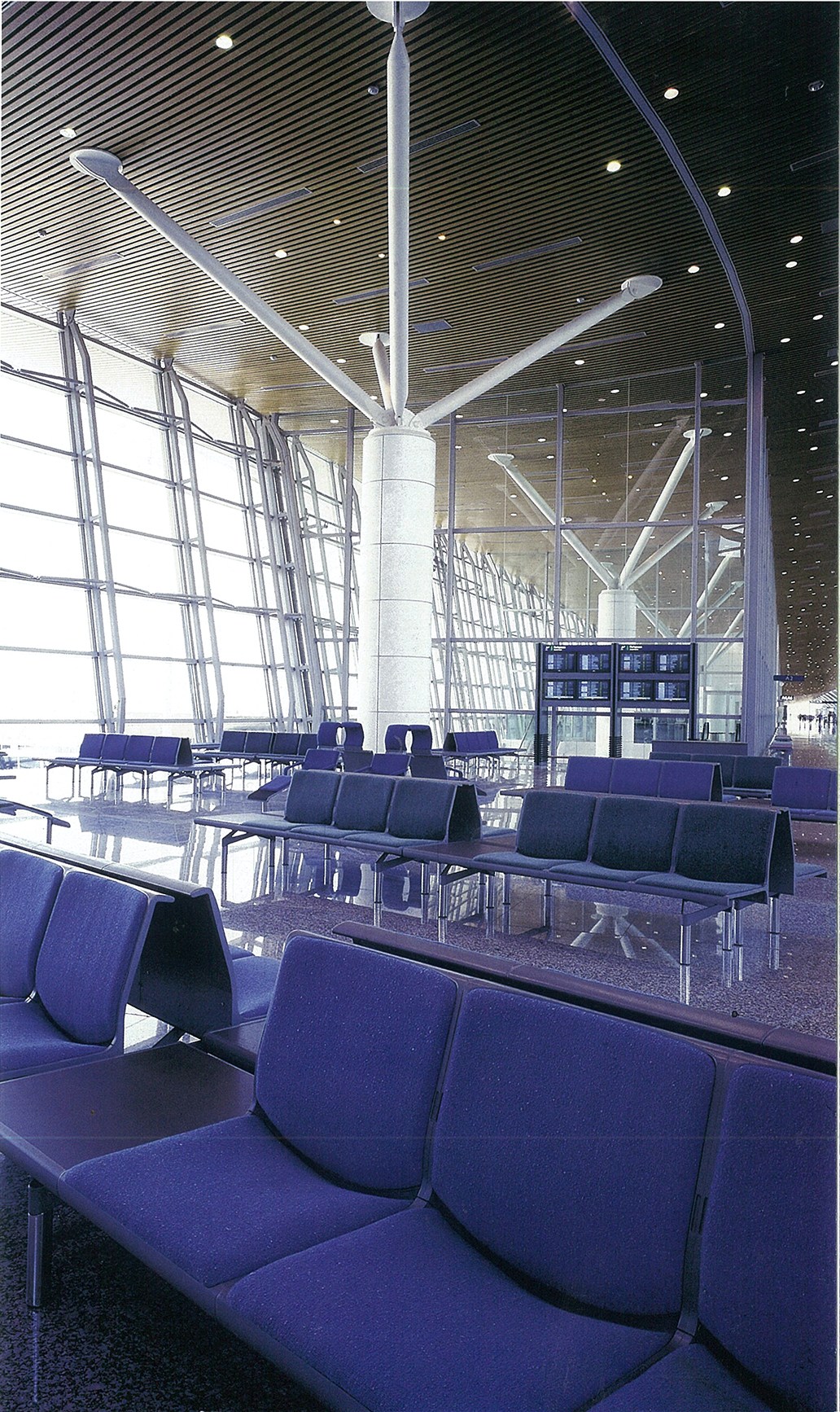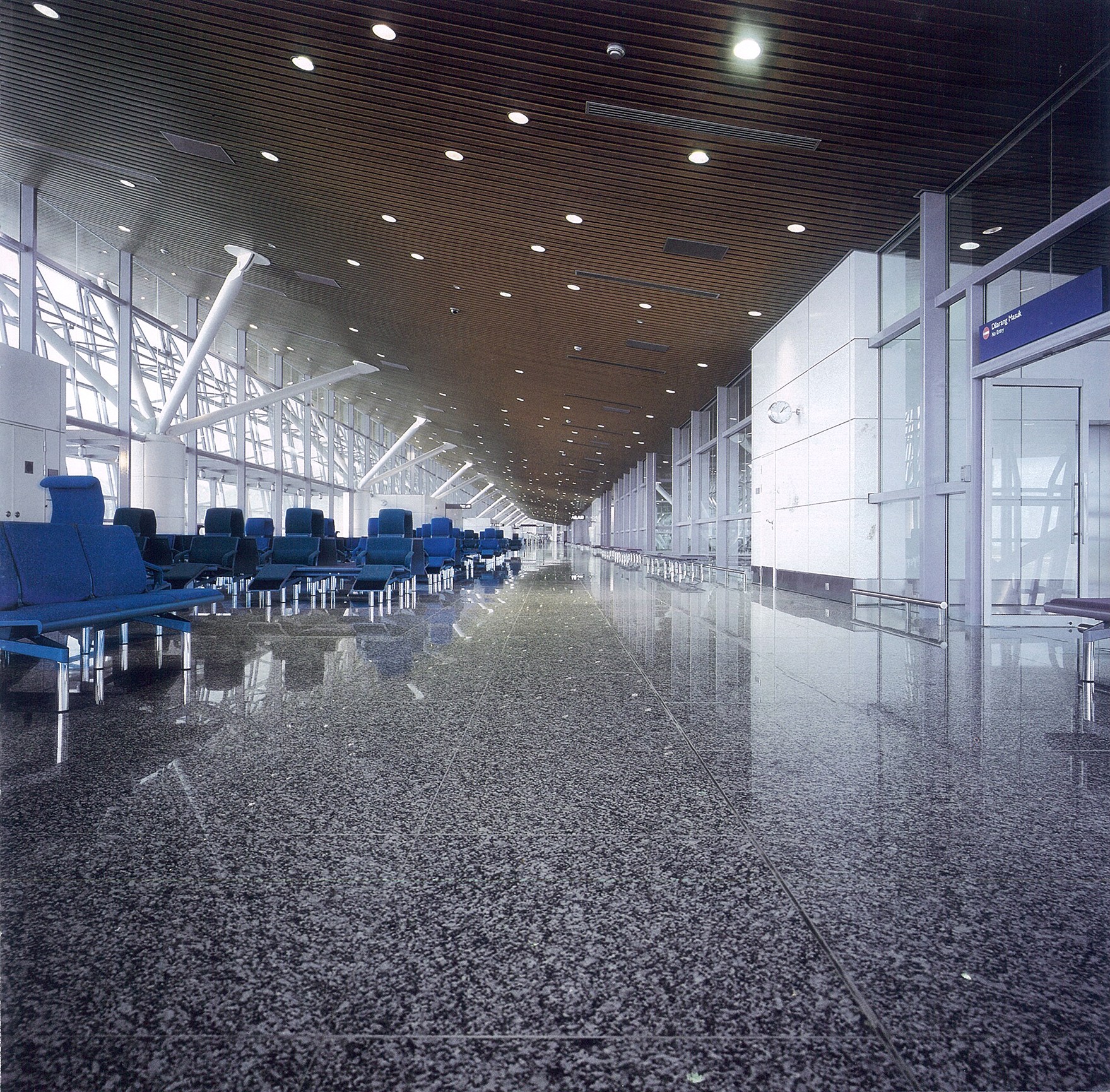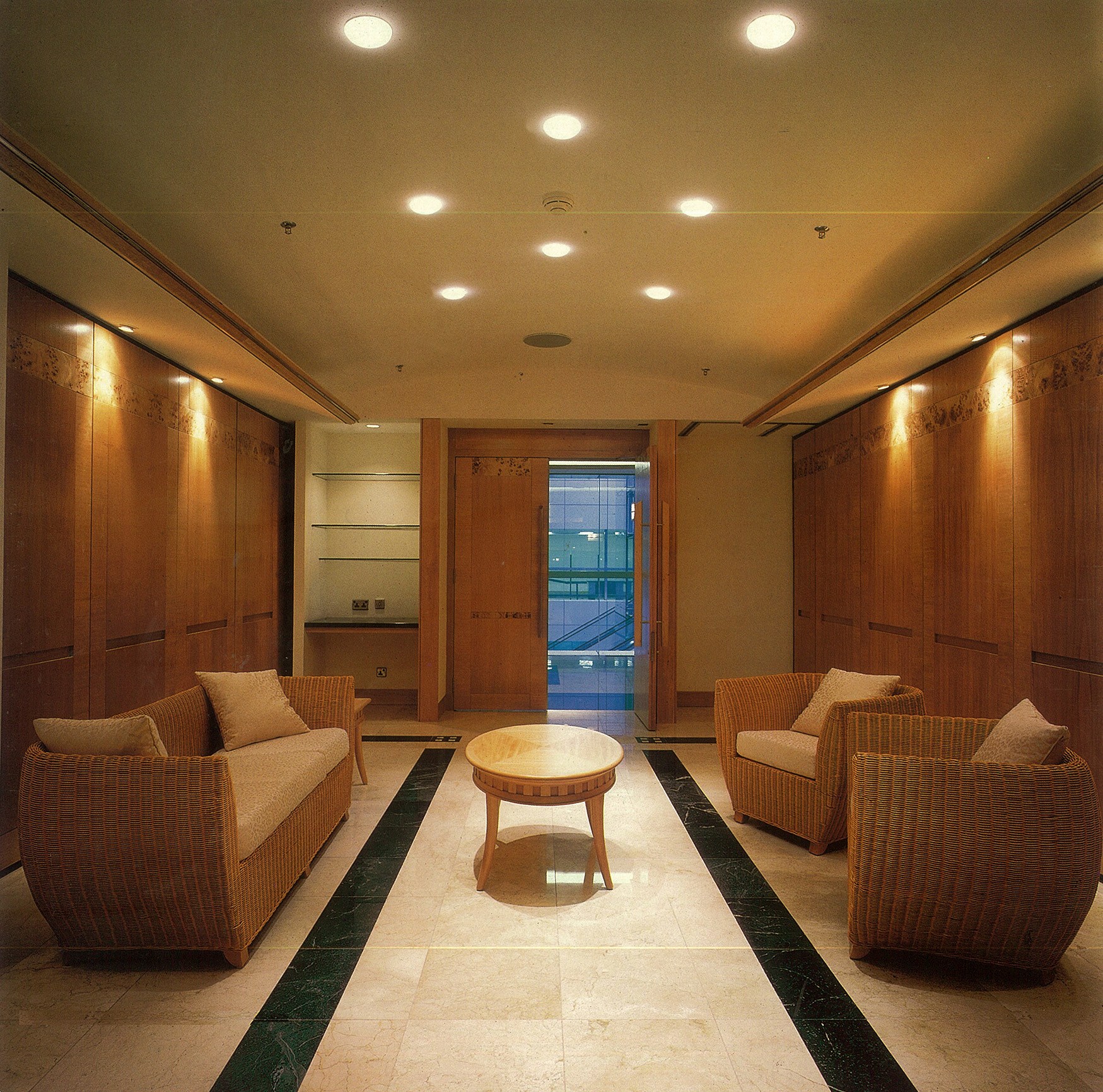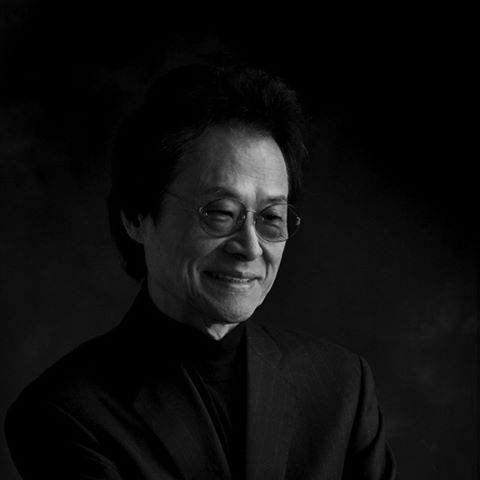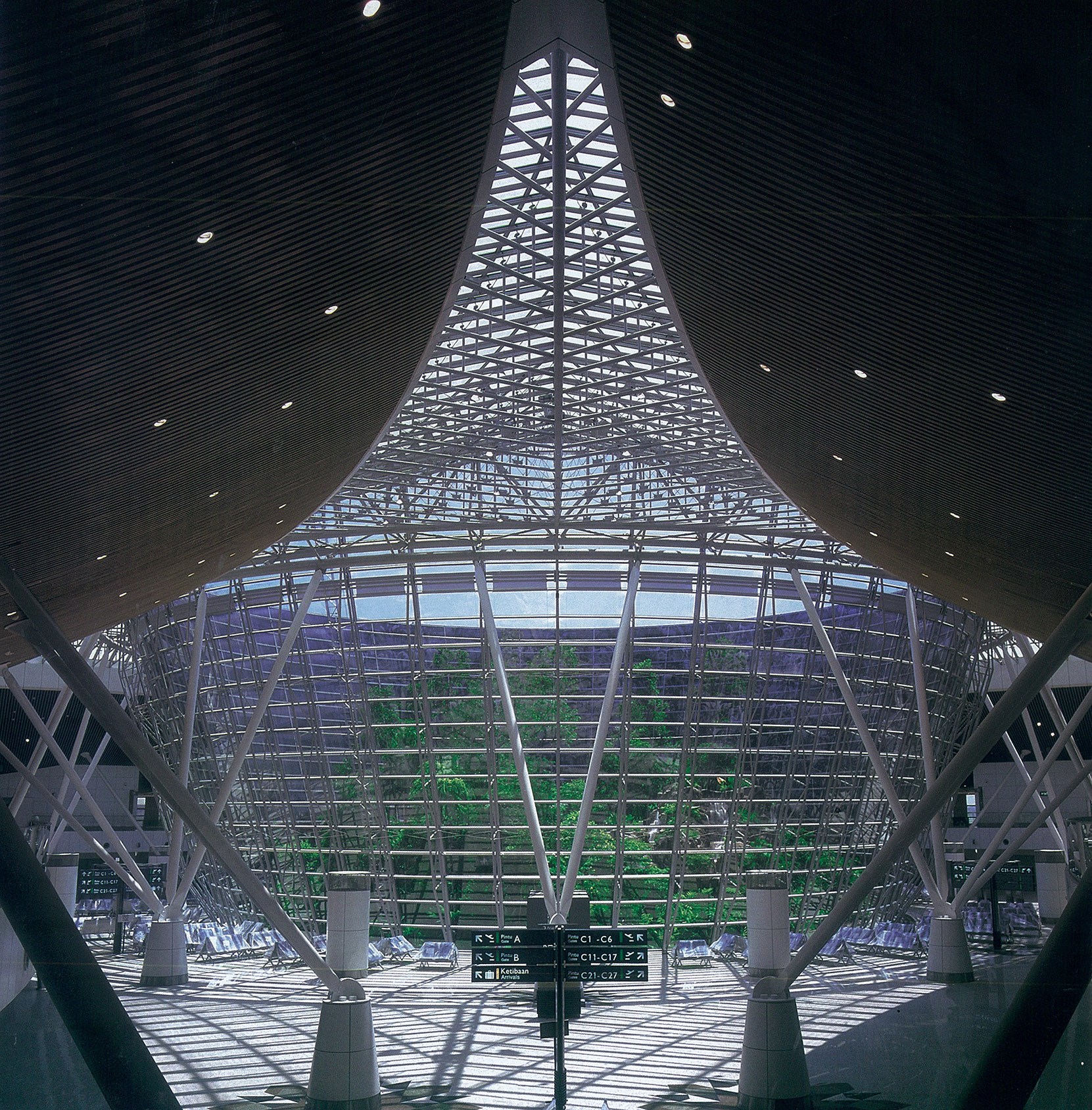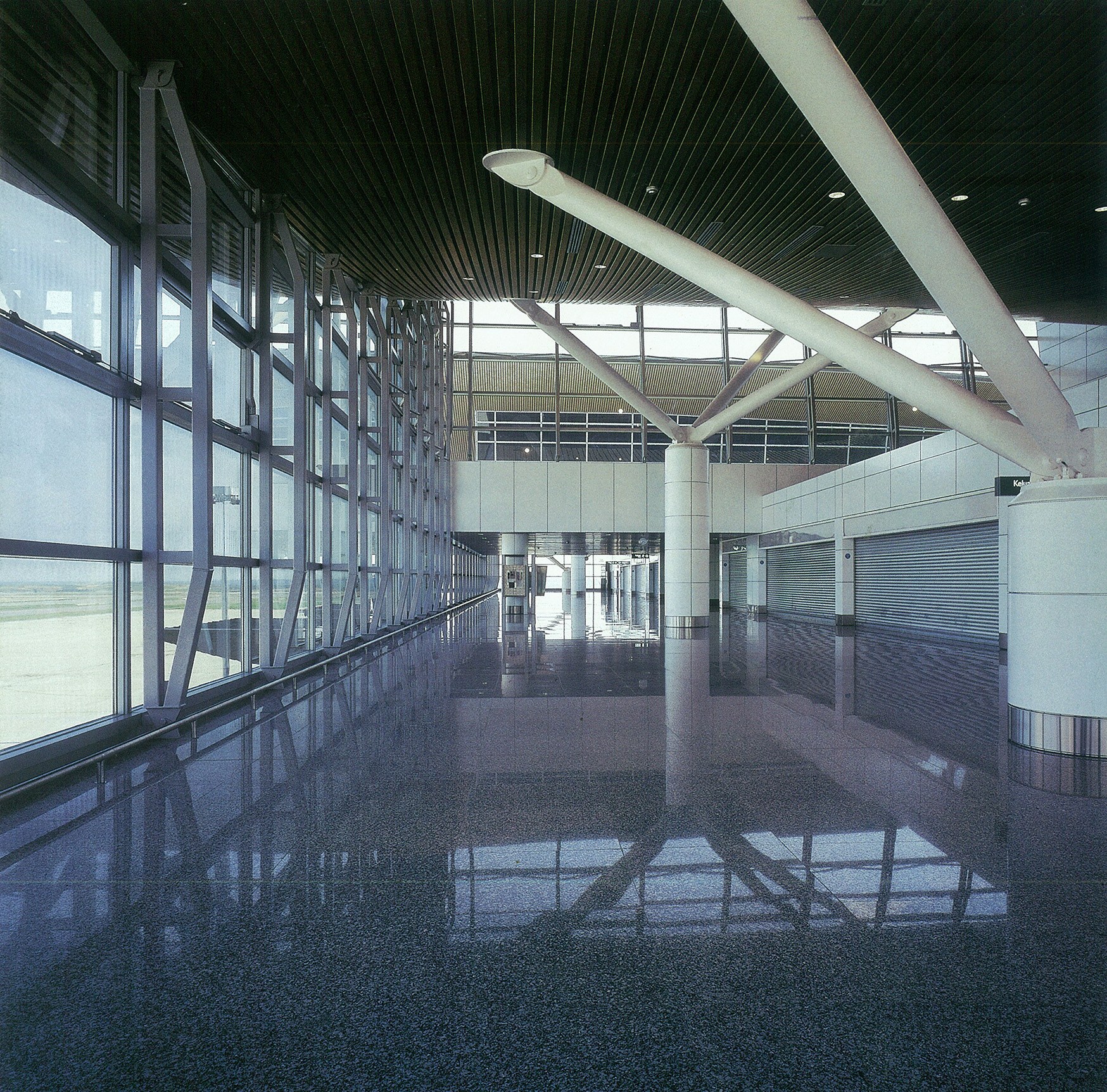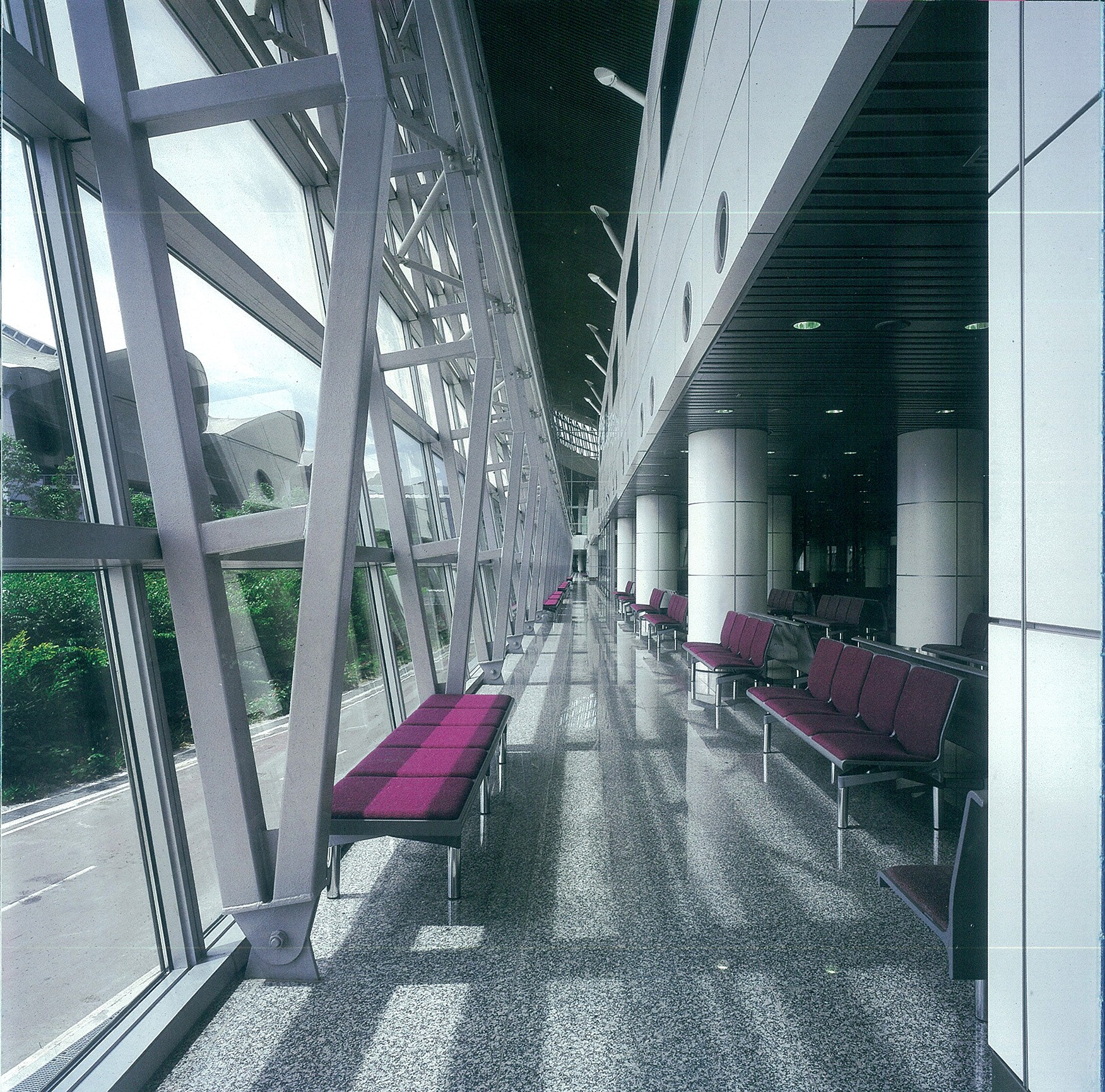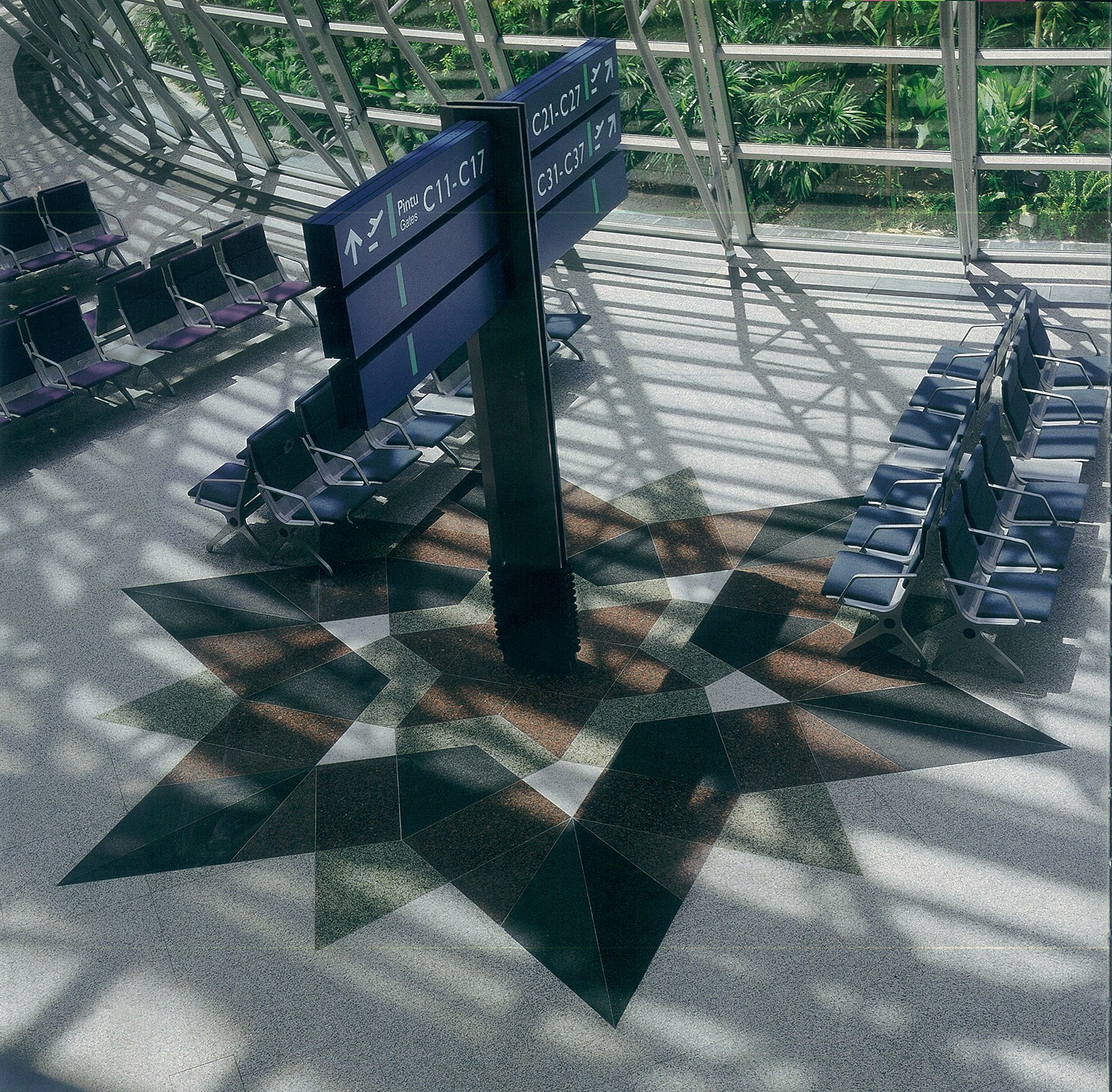This Is What KLIA Looked Like 20 Years Ago
Kuala Lumpur International Airport, before it was open to the public.
Malaysia's Kuala Lumpur International Airport (KLIA) will be turning 20 this year, so we were really intrigued when we stumbled across some old photos of the prestigious airport.
It's really interesting to see how much it has changed over the years.
For years, KLIA has been regarded as a world-class international airport and it has won numerous awards from various international organisations such as Skytrax, the British airport and airline review site, and International Airport Association since its inauguration in 1998.
A vital infrastructure in the history of Malaysia, KLIA was designed by the world-renowned Japanese architect, the late Kisho Kurokawa who worked alongside Akitek Jururancang Malaysia (AJM) and Pacific Consultants International amongst others.
The following images were found on AJM Interior's website.
Here are some photos of the amazing infrastructure before it started to serve millions of visitors every year:
Everything was just squeaky clean and spotless!
In 2004, six years after it first began its operations, KLIA was recognised by Green Globe 21, the worldwide benchmarking and certification program which facilitates sustainable travel and tourism for consumers, companies and communities.
It was the first and only airport in the world to have attained the Green Globe certification and went on to receive the same award for five consecutive years.
While KLIA has bagged many accolades as one of the best airports in the world over the year, one man has been instrumental to this. It's none other than Kisho Kurokawa.
'Airport in the Forest, Forest in the Airport'
Back then, the government had organised an international competition to decide on the design architect and it was Kurokawa's concept of a 'symbiosis between architecture and the forest' that secured him the commission. He was a firm believer that close relationship with nature is a defining characteristic of the Asian identity.
One of the most amazing things about KLIA is the fact that the Main Terminal Building was designed in such a way that it will be an ecological infrastructure by adopting the 'Airport in the forest, forest in the airport' concept.
On top of that, the entire section of the rainforest which was transplanted from the jungle in Sepang and placed in the Satellite Building years ago is known as the KLIA Jungle Boardwalk, a popular attraction today.
It's hard to imagine an empty KLIA as it has transformed into one of Asia's major aviation hubs today
Kurokawa's revolutionary design for KLIA featured the traditional Islamic-styles and aesthetics while achieving the perfect symmetry with sophisticated and modern features.
With visions that KLIA would eventually emerge as a regional hub and an international gateway, Kurokawa and the team gave their best in ensuring that the essential functional criteria of airport operations are met while they laid out designs that put the comfort of passengers as top priority.
